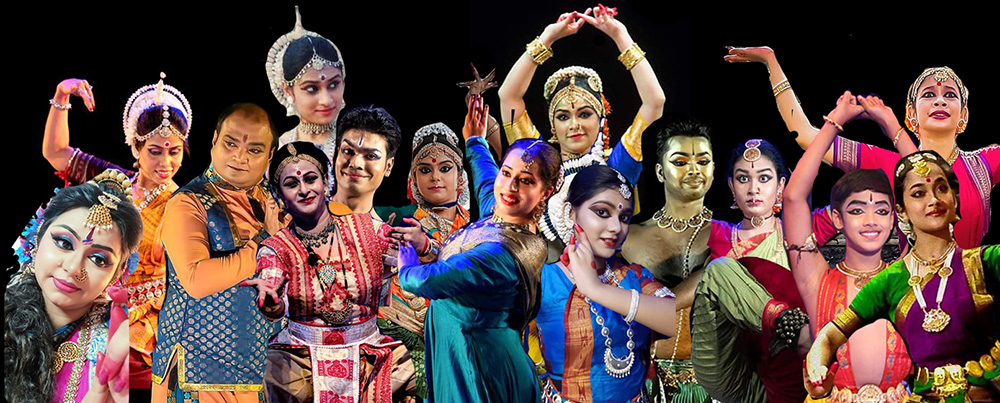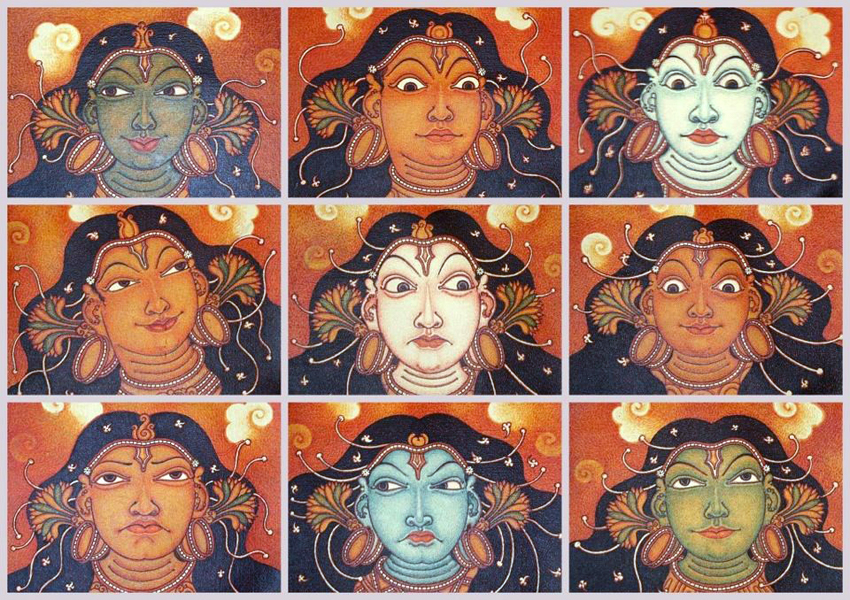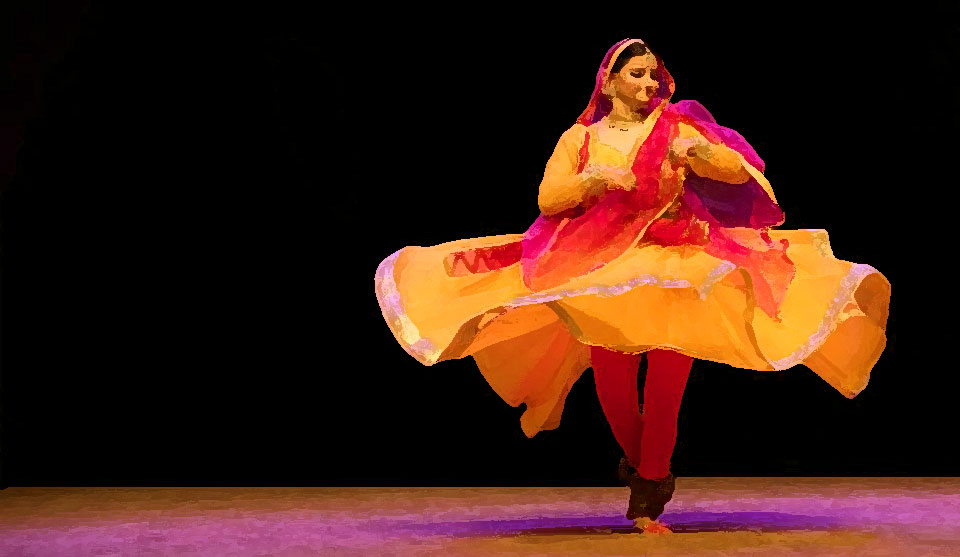When Hindustani vocalist Bhuvanesh Mukul Komkali, grandson of legendary Kumar Gandharva rendered alaap in Bhimpalasi for Gauri Diwakar’s ‘Dancing Emptiness’, choreographed by Aditi Mangaldas, he filled up the Sri Ram Centre Hall, New Delhi with magic. The ‘metaphorical’ emptiness at once transported the audience to another realm. Such excellent music elevates the performance and it speaks volumes for praiseworthy attempts to bring gifted vocalists and dancers together.
Over the years one has expressed frank views in various reviews of Kathak performances for the need for good music that will salvage Kathak from the morass in which it is sinking. I enjoy immensely Kathak performances in Pune where the high quality of the accompanying music at once makes one feel at peace and one watches performances which have what they say ‘sukun’ a term difficult to translate.
The performance under review was imbued with this quality. To praise Drishtikon Dance Company for its high professional standards is indeed like ‘gilding the lily’. Aditi Mangaldas, having inherited legacy of her gurus Kumudini Lakhia and Birju Maharaj has shown that she is capable of carrying tradition giving it a ‘modern’ look, creating exquisite choreographies resonating contemporariness. Her disciples and company dancers have reiterated the high standards. Gauri Diwakar, as a brilliant Kathak dancer in her own right, has under Aditi’s mentorship displayed what she is capable of achieving.

Interpreting Emptiness, ‘Shunya’, Gauri has taken Dohas of Kabir which epitomize metaphysical, philosophical, abstract concepts in a seamless manner. The words help her to weave patterns, movements and express through dance the symbolic meaning and she links them, suggestively, pulling a golden thread. The pure dance, nritta, has polish, the chakkars, pirouettes captivate and coming to sam is like natural breathing. The resultant joy becomes transparent. The path for getting united has to be like, the similes Kabir gives is of how Shruti merges in melody as fish moves in the water. Gauri seeks to comprehend Buddha’s philosophy ‘in a journey for unending bliss where everything is connected and interdependent and yet transient.’
Aditi’s choreography explores space, which vibrates. The configuration of accompanying percussion instruments, tabla, pakhavaj and strains of sarangi, singing by Bhuvanesh to the excellent accompaniment of harmonium by Abhishek Shanker, further enhanced by imaginative lighting by Govind Singh Yadav to controlled sound by Yogesh Dhavan, leave an indelible impression.
Such a presentation requires pauses. It is a great pity that the audience in a Kathak performance continues to clap the moment chakkars are executed with finesse. That breaks the mood. I wonder how dancers can work out a strategy that the silence required after completion of a chakkar can be managed by sensitizing audience so that they do not burst forth clapping.
The Doha ‘Chal Hansa us desh jahan piya base chittachor’, let us move to that region where beloved is, in raga Yaman, had excellent gati, gait, of swan by Gauri. The gentle way Gauri moved with tinkling bells, weaving a path, holding a hasta, hand gesture, for swan, and moved across the stage was a sheer visual delight. Placing both arms backwards she evoked the image of the bird. The symbol of the soul as hansa and its progression to where God is was expressed through the language of Kathak in an arresting manner.
The lighting to show how the sun shone forth brightly was in accordance with the song and sitting on the floor meditating were touches which were poetic.

The use of long scarf during the singing in raga Sohini, of ‘Asana se mat dol’, do not waver from concentrating, ‘tohe piya milenge’, you will merge with beloved, found felicitous expression. The long scarf falling on the floor suggesting release from Maya, illusion, was a lovely illustration and the light lit up the scarf and the dancer beautifully. When Kathak dancers pick up such symbolic poetry, which is also of a shared tradition, the abhinaya, expression does not get limited to mukhajabhinaya, facial expressions, but the entire body, angikabhnaya, speaks with movements and stances, even when interspersed with mnemonic syllables, bols, and intra forms of Kathak like aamad, parans, and footwork.
There were several points of aesthetic delight. This work was presented in Sandhi series for Serendipity Festival in Goa in 2017 by Sanjeev Bhargav, Director of Sahar. He also spoke about the need for having collaboration between great musicians and dancers. In past, he had brought together T.M.Krishna and Bombay Jayashri two leading vocalists to sing for Leela Samson and Priyadarshini Govind. The result was of course aesthetically rewarding. Dancing Emptiness is one more example of such collaboration.
 Dr. Sunil Kothari is a noted Indian dance historian, scholar and critic. He received the Padma Shri award and Sangeet Natak Akademi award for overall contribution to the Indian classical dance. Dr. Kothari is also an elected Fellow of Sangeet Natak Akademi.
Dr. Sunil Kothari is a noted Indian dance historian, scholar and critic. He received the Padma Shri award and Sangeet Natak Akademi award for overall contribution to the Indian classical dance. Dr. Kothari is also an elected Fellow of Sangeet Natak Akademi.
He started his career with The Times of India and now he writes for many reputed publications as a freelances writer.
Also read: HYPE AND EMPTINESS








